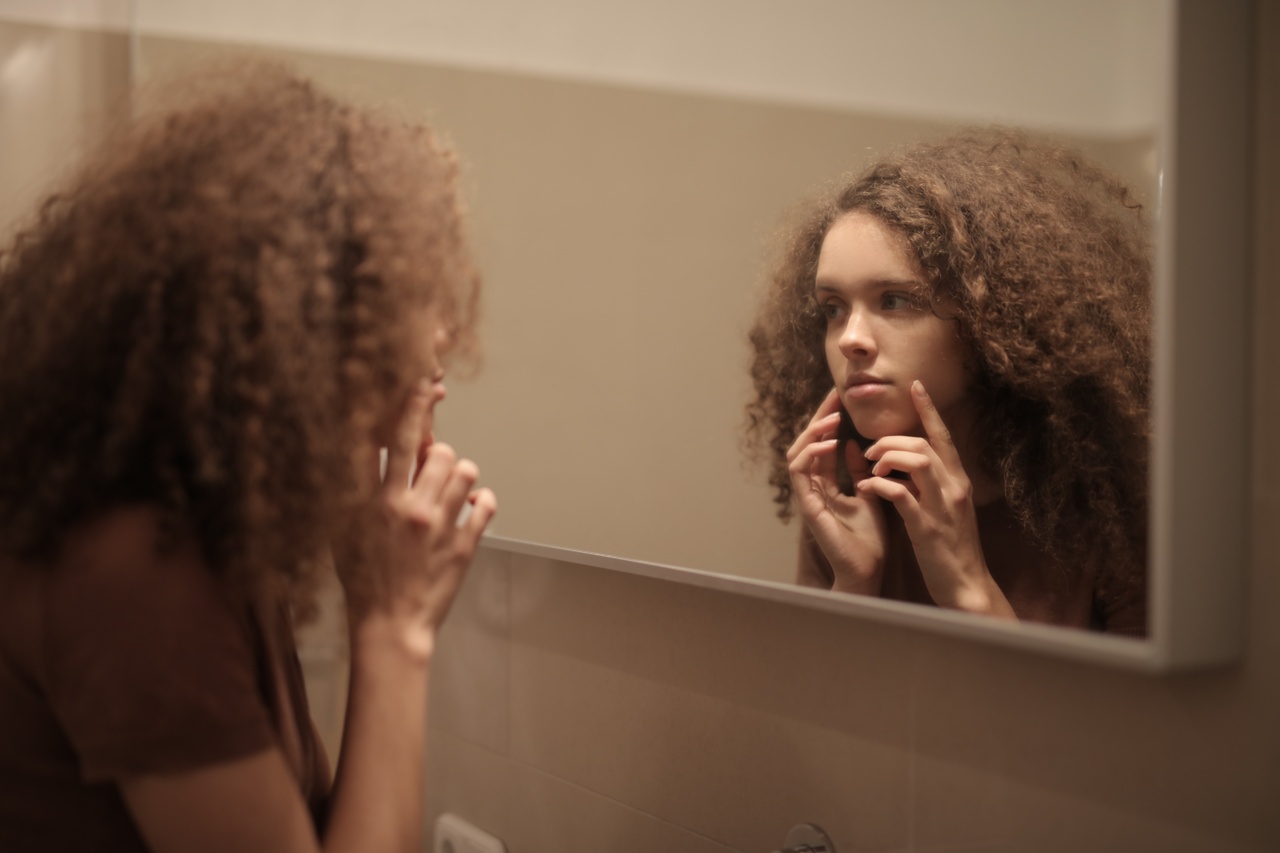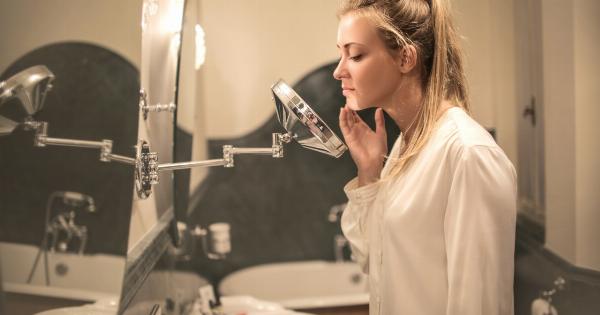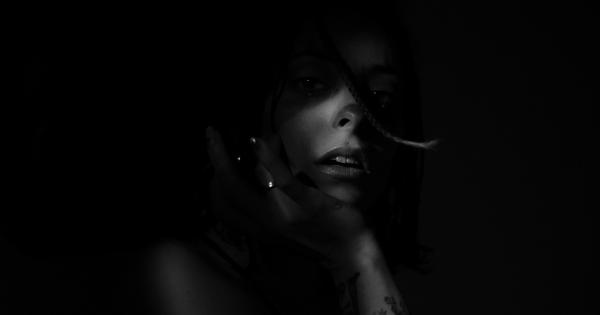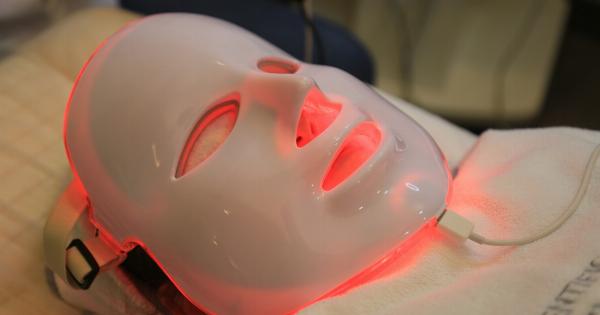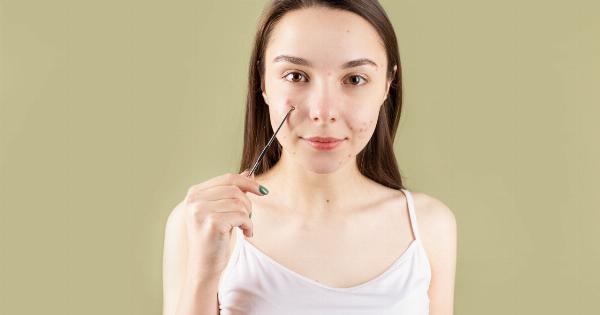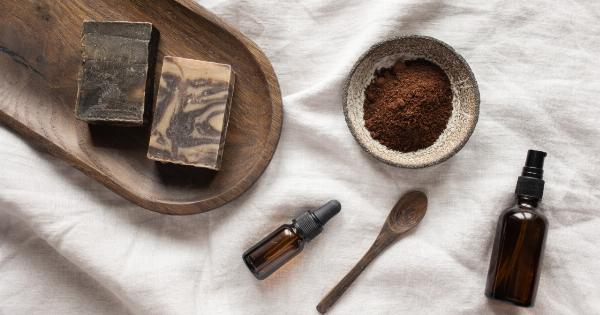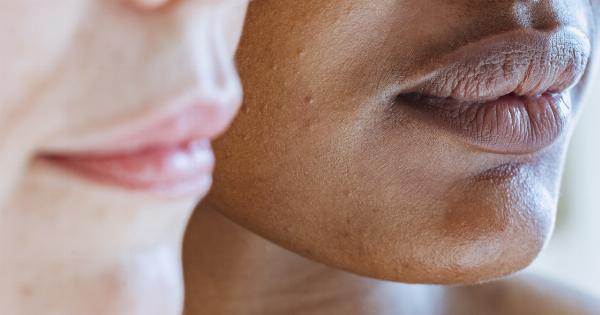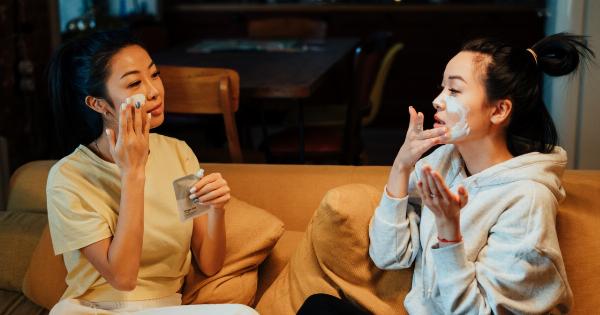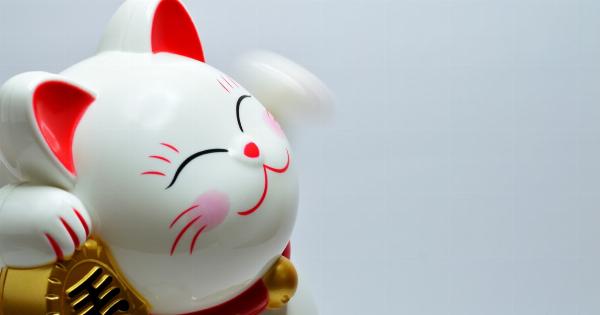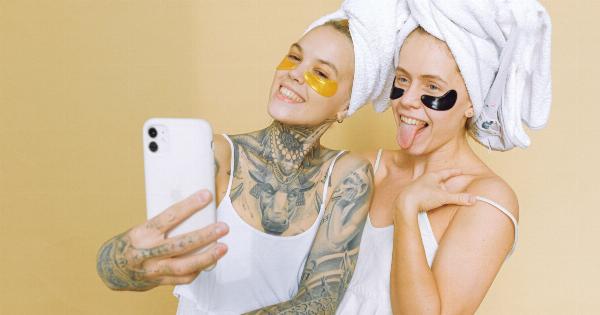Acne is a common skin condition that affects millions of people worldwide. It can be particularly frustrating for those who suffer from it because it can be difficult to treat and can have a significant impact on self-esteem.
Fortunately, there are many ways to banish acne and achieve perfect skin. In this ultimate guide, we’ll explore the causes of acne, the different types of acne, and the most effective treatments for each type.
Understanding the Causes of Acne
Acne is typically caused by clogged pores, which can be the result of excess oil production, dead skin cells, and bacteria. Hormones can also play a role in acne, which is why it is often associated with puberty.
Other factors that can contribute to acne include stress, certain medications, and diet.
The Different Types of Acne
There are several different types of acne, each with its own symptoms and treatment options. The most common types of acne include:.
1. Whiteheads
Whiteheads are small, raised bumps that are white or yellow in color. They form when pores become clogged with oil and dead skin cells. The best way to treat whiteheads is by using topical acne treatments that contain benzoyl peroxide or salicylic acid.
Benzoyl peroxide works by killing bacteria, while salicylic acid helps to unclog pores.
2. Blackheads
Blackheads are similar to whiteheads, but they are open at the surface and have a black appearance. Like whiteheads, they form when pores become clogged with oil and dead skin cells. Treatment options for blackheads are the same as those for whiteheads.
3. Papules
Papules are small, red bumps that are slightly raised above the skin. They can be painful and inflamed. The best way to treat papules is by using topical retinoids, which help to unclog pores and reduce inflammation.
Topical antibiotics may also be used to kill bacteria.
4. Pustules
Pustules are similar to papules, but they contain pus. They are typically larger than papules and can be painful. Treatment options for pustules are the same as those for papules.
5. Cysts
Cysts are large, painful bumps that are filled with pus. They can be difficult to treat and may require professional medical treatment. A dermatologist can drain the cyst and prescribe medication to help reduce inflammation and kill bacteria.
The Most Effective Acne Treatments
There are many different acne treatments available, but not all of them are equally effective. Some of the most effective treatments include:.
1. Topical Acne Treatments
Topical acne treatments are medications that are applied directly to the skin. They can be effective for treating mild to moderate acne. The most common topical acne treatments include benzoyl peroxide, salicylic acid, and topical retinoids.
2. Oral Acne Treatments
Oral acne treatments are medications that are taken by mouth. They may be prescribed for moderate to severe acne. The most common oral acne treatments include antibiotics, isotretinoin (Accutane), and hormonal birth control.
3. Professional Treatments
If topical and oral treatments do not work, professional treatments may be necessary. These may include procedures such as chemical peels, laser therapy, and microdermabrasion.
A dermatologist can recommend the best treatment option based on the severity of the acne.
Preventing Acne
Preventing acne is much easier than treating it. Some of the best ways to prevent acne include:.
1. Keeping Skin Clean
Wash your face twice a day with a gentle cleanser to remove dirt, oil, and dead skin cells. Avoid harsh soaps or scrubs that can irritate the skin.
2. Moisturizing
Use a moisturizer that is appropriate for your skin type to keep your skin hydrated and healthy.
3. Avoiding Touching Your Face
Avoid touching your face with your hands, as this can transfer bacteria and oil to your skin, which can lead to breakouts.
4. Eating a Healthy Diet
Eating a healthy diet that is rich in vitamins, minerals, and antioxidants can help to keep your skin healthy and prevent acne.
The Bottom Line
Acne can be a frustrating and difficult condition to deal with, but it is not untreatable. By understanding the causes of acne and using the most effective treatments, it is possible to banish acne and achieve perfect skin.
Follow the tips in this guide to prevent acne and keep your skin looking healthy and beautiful.
